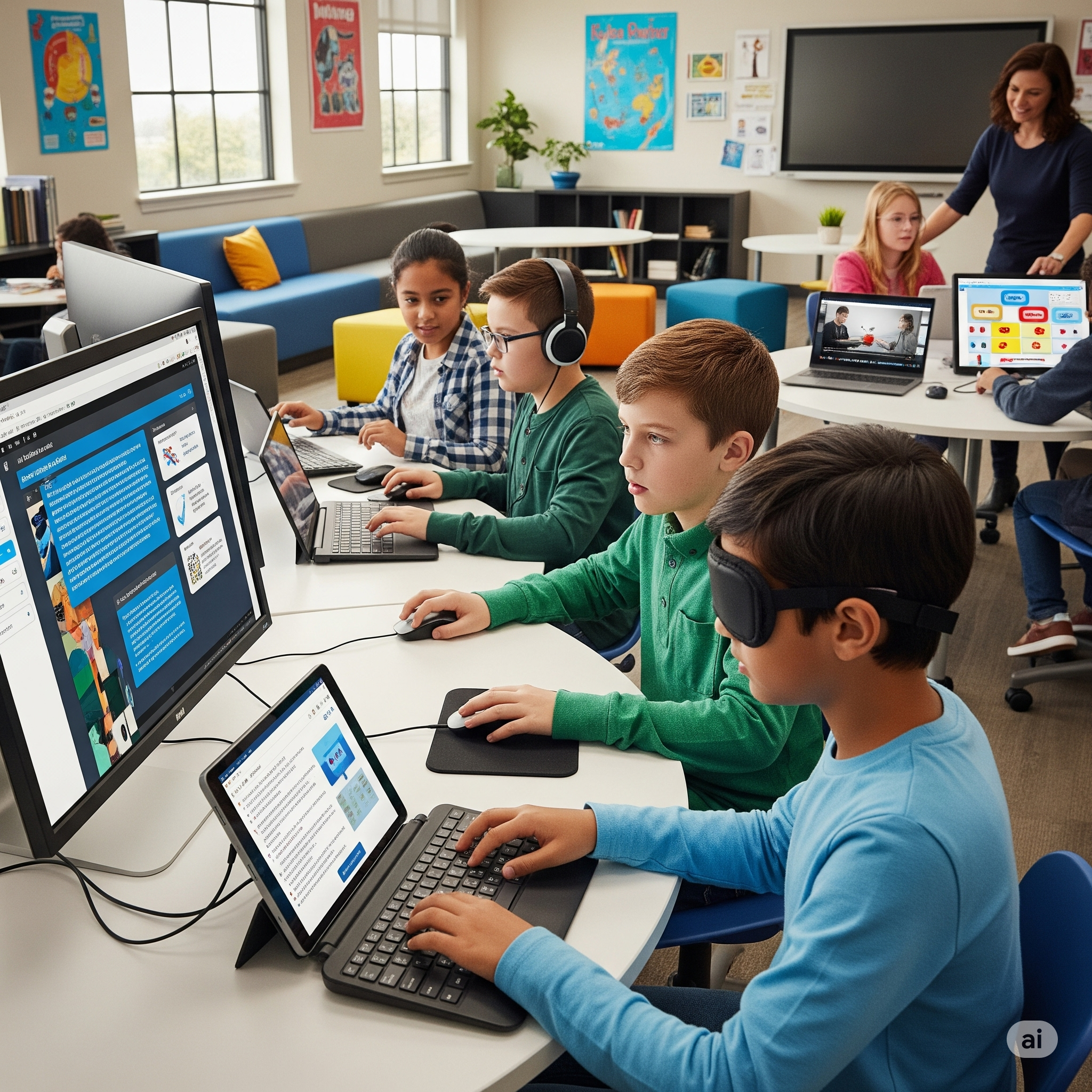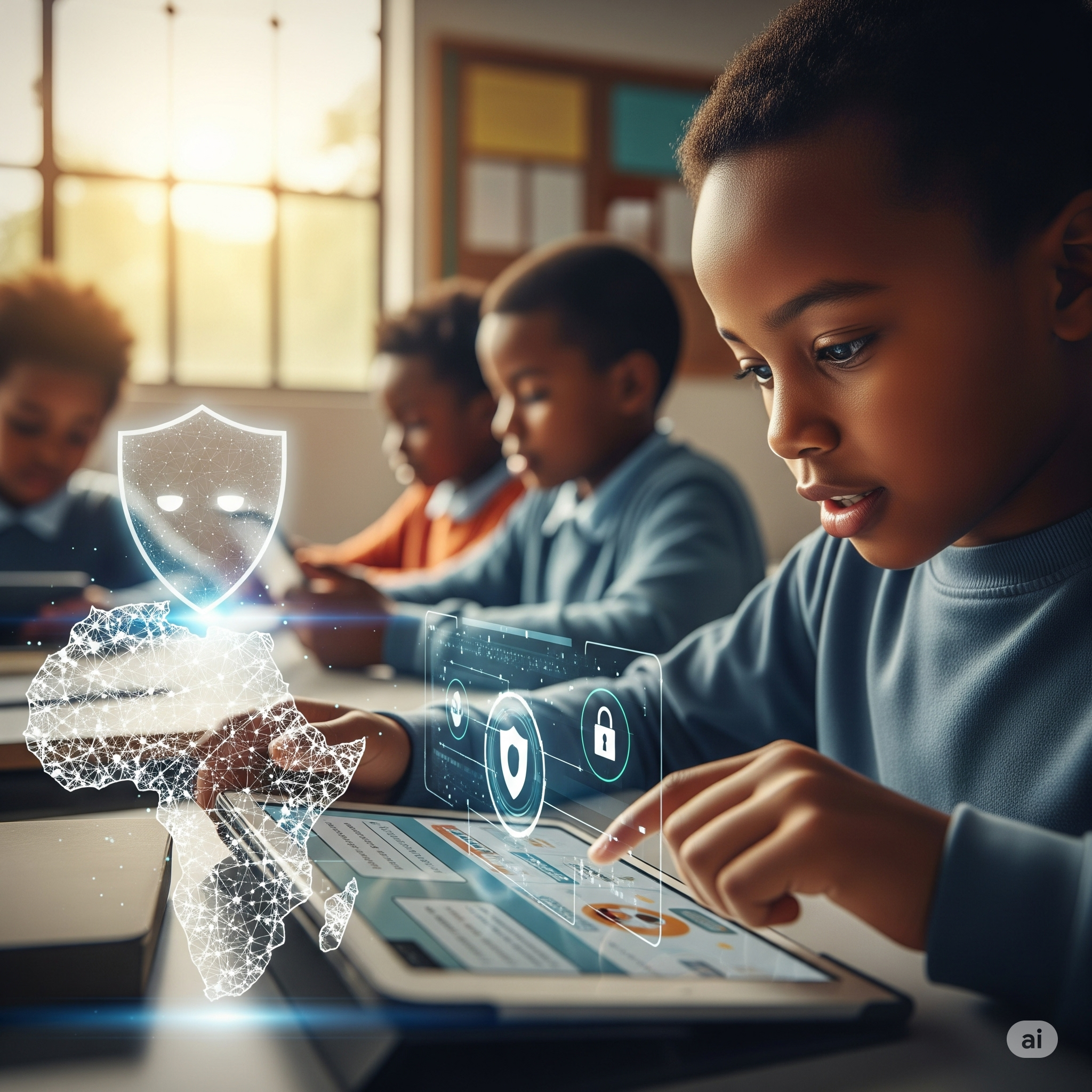Building Inclusive Learning Environments: A Teacher's Guide for African Contexts

Creating an inclusive classroom is about more than just accommodating differences; it's about celebrating diversity and designing learning experiences that empower every child to thrive. For teachers in Africa, where classrooms are often rich tapestries of cultures, languages, and learning styles, building truly inclusive environments is both a profound challenge and an immense opportunity. This guide offers practical strategies to help you foster a classroom where every learner feels seen, valued, and capable.
Understanding Your Diverse Learners
The first step to inclusion is understanding. Take time to learn about your students' backgrounds, their strengths, and their unique learning needs. This includes understanding cultural nuances, linguistic diversity, and any special learning or development needs they may have. In Nigeria, for example, recognizing the various ethnic groups and their learning traditions can significantly enhance your teaching approach.
Practical Strategies for the Inclusive Classroom:
- Differentiated Instruction: Tailor your teaching methods, content, and assessments to meet individual student needs. This could involve providing materials at different reading levels, offering choices in how students demonstrate understanding, or varying the complexity of tasks.
- Collaborative Learning: Encourage peer-to-peer learning through group activities. When students work together, they learn from each other's perspectives and develop empathy and teamwork skills. Structure groups to include diverse abilities and backgrounds.
- Visual Supports and Routines: Many learners, especially those with special needs, benefit from clear visual schedules, rules, and instructions. Predictable routines create a sense of safety and reduce anxiety, allowing students to focus on learning.
- Positive Behavior Support: Focus on reinforcing positive behaviors rather than solely punishing negative ones. Create a classroom culture where respect, kindness, and effort are explicitly taught and celebrated.
- Culturally Responsive Pedagogy: Integrate students' cultural backgrounds and experiences into the curriculum. Use examples, stories, and teaching materials that reflect the diversity of your classroom and the wider African community.
- Leverage Local Resources: Utilize local materials, community members, and traditional knowledge to enrich learning. This not only makes learning more relevant but also empowers the community.
The Role of Technology (Even Simple Ones)
While advanced technology can be transformative, even simple tools can make a difference. Consider:
- Low-cost visual aids: Hand-drawn charts, flashcards, or real objects.
- Peer tutoring apps: Simple mobile apps that facilitate peer learning.
- Audio recordings: Record lessons for students who benefit from auditory learning or need to review content.
- Digital Storytelling: Encourage students to create their own digital stories using basic tools, fostering creativity and expression.
Partnering with Parents and Community
Parents are invaluable partners in a child's education. Regular communication, inviting parents to participate in classroom activities, and respecting their insights can significantly enhance a student's learning journey. Engage community leaders and local organizations to create a broader support network for inclusive education initiatives.
Your Impact as an Inclusive Educator
Building an inclusive learning environment is a continuous journey of learning and adaptation. Your dedication to creating a classroom where every child feels a sense of belonging and has the opportunity to reach their full potential is truly transformative. By embracing these strategies, you are not just teaching subjects; you are shaping lives and building a more equitable future for Africa.
Related Articles


